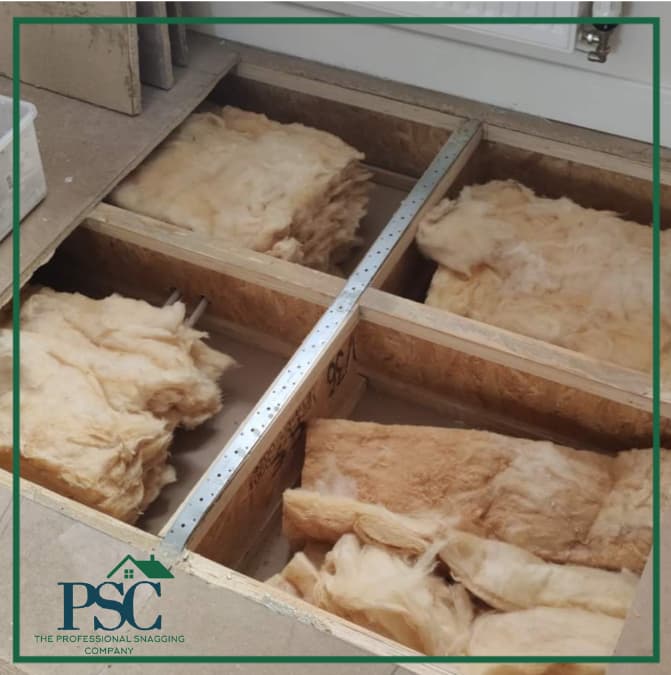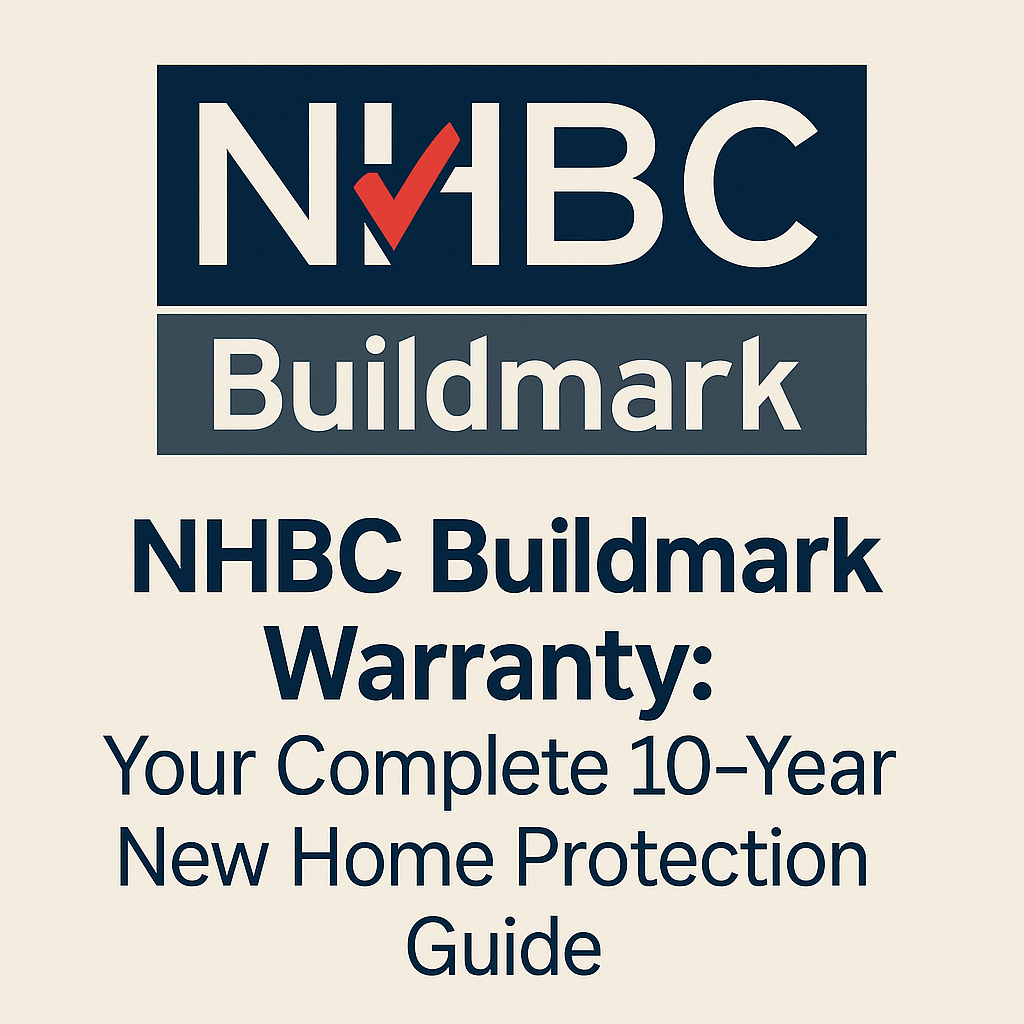The New Homes Quality Board Publishes Best Practice on Snagging: A Guide for Homeowners and Developers
The journey of homeownership often begins with excitement and anticipation, but it can quickly turn sour when new homeowners encounter defects or issues in their freshly built homes. The process of identifying and rectifying these problems, known as snagging, is crucial for both homeowners and property developers.
However, ambiguity surrounding what qualifies as a snag and unrealistic expectations about the resolution process can lead to frustration and disputes. In response to these challenges, the New Homes Quality Board has conducted extensive research to understand the perspectives of homeowners and develop best practices for the industry.
In this article, we delve into the findings of their research and explore recommendations aimed at improving the snagging experience for all stakeholders involved.


One of the key insights from the research conducted by the New Homes Quality Board is the limited understanding many customers have regarding snags. For some, snags are perceived as minor issues, while others have witnessed major defects being categorised as snags. This discrepancy in understanding can lead to confusion and disappointment during the resolution process.
Customers rely on various sources to learn about snagging lists, including word of mouth, social media, developer employees, and online review sites such as HomeViews and Trustpilot. Social media, in particular, emerges as a prominent platform for gathering information, especially among first-time buyers who place significant trust in online personalities.
The research underscores the importance of educating homebuyers about the concept of snagging and setting realistic expectations regarding resolution timelines. Developers play a crucial role in this process by providing clear explanations of the snagging process early on in the sales journey. By clarifying what constitutes a snag and how issues will be addressed, developers can mitigate misunderstandings and prevent post-move-in disappointments.
Best Practices for Developers:
Based on the findings of the research, the New Homes Quality Board has outlined several key recommendations for developers to improve the snagging experience for customers:
- Conduct thorough quality checks by individuals not directly involved in the construction process, ideally using the Pre-Completion Inspection Checklist.
- Educate customers about the snagging process early in the sales journey to manage expectations effectively.
- Provide easily accessible channels for customers to report problems, such as phone numbers, emails, face-to-face visits, or dedicated apps.
- Uphold promises regarding defect resolution timelines and communicate any delays or issues to customers proactively.
- Encourage customers to seek assistance from the New Homes Ombudsman Service (NHOS) if disputes arise, offering an independent and impartial resolution mechanism.
- By implementing these best practices, developers can enhance customer satisfaction and build trust within the industry.


The issue of snagging represents a significant challenge for both homeowners and property developers. However, through research and collaboration, the New Homes Quality Board has identified actionable recommendations to address this challenge and improve the overall new home buying experience.
By prioritising education, communication, and transparency, developers can navigate snagging issues more effectively, ultimately fostering greater satisfaction and trust among homeowners. As the industry continues to evolve, ongoing efforts to refine and implement best practices will be essential in ensuring the delivery of high-quality homes that meet the expectations of all stakeholders involved.

Frequently Asked Questions
Can I claim for cracks or damp?
I’m the second owner—what limitations apply?
What is the NHBC Technical Requirements?









